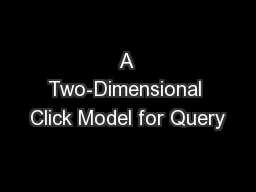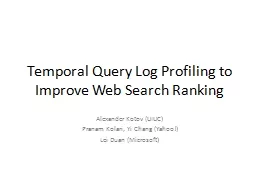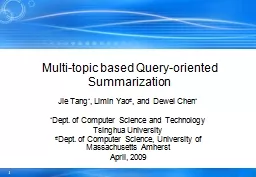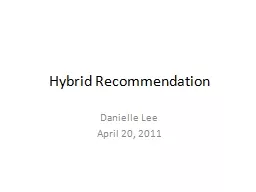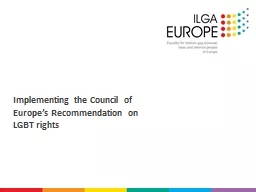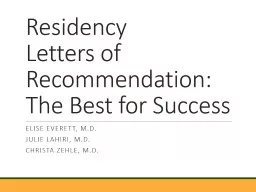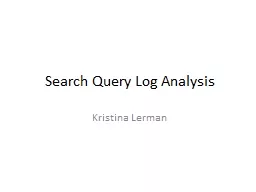PPT-Log Based Query Recommendation
Author : pamella-moone | Published Date : 2016-03-03
Speaker RuiRui Li Supervisor Prof Ben Kao 1 Outline Introduction Motivation Methods using clickthrough data using session data context aware query suggestion other
Presentation Embed Code
Download Presentation
Download Presentation The PPT/PDF document "Log Based Query Recommendation" is the property of its rightful owner. Permission is granted to download and print the materials on this website for personal, non-commercial use only, and to display it on your personal computer provided you do not modify the materials and that you retain all copyright notices contained in the materials. By downloading content from our website, you accept the terms of this agreement.
Log Based Query Recommendation: Transcript
Download Rules Of Document
"Log Based Query Recommendation"The content belongs to its owner. You may download and print it for personal use, without modification, and keep all copyright notices. By downloading, you agree to these terms.
Related Documents


